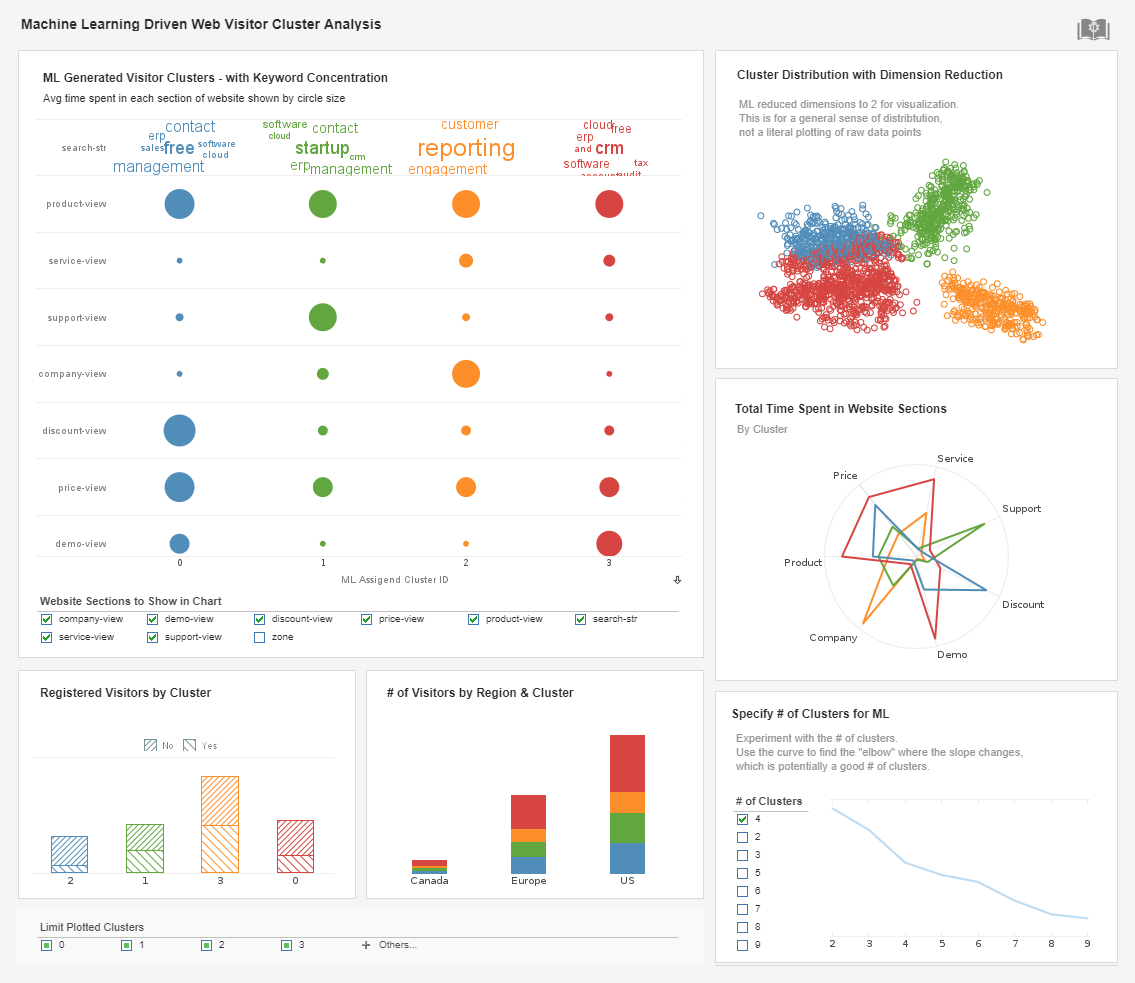Tailoring Info-Graphics
This is the continuation of the transcript of DM Radio’s program titled “What You See Is What You ‘Get’ – How Data Visualization Conveys Insight.”
Eric Kavanagh: Now that's good stuff and, you know, I’ve realized there’s one topic we can just kind of bleed into the round table here, too, that we haven't discussed. We really should since the whole topic here is data visualization and that is the now pervasive and, I mean, downright ubiquitous info-graphic.
It's just amazing how many of these info-graphics are out there these days. And, Mark Flaherty from InetSoft, I know that you put one together for that report we did last year. It really is interesting how much data you can pack into somebody's things.
They are very, very creative ways of doing data visualization. And I’ve seen ones that kind of bug me. They’ll have these vertically oriented info-graphics where you have to scroll down like five minutes to read the whole thing.
That's not really akin to the way my brain works but I see that some people do like it. What do you think about this rising trend of using very complex info-graphics to communicate significant messages?
Mark Flaherty: Well, I think they do serve a purpose. They do get people’s attention. So, from a marketing standpoint they are effective because they’ll get someone to actually stop and look at things from a real information processing standpoint. A lot of times they can be inefficient and just be recreating something that could be more efficiently displayed in a couple of charts that are instead drawn into cartoons and other sorts of things. They are not the most efficient way of telling a story but they are probably the most effective way of grabbing attention.
| #1 Ranking: Read how InetSoft was rated #1 for user adoption in G2's user survey-based index | Read More |
Eric Kavanagh: Yeah. That’s a good point. They are typically used in media to draw attention to certain things, draw attention to certain trends, for example. Dale Skeen, have you come across any info-graphics that are relevant to the business world that you are in? Or do you just see the ones that are sort of more marketing or consumer media focused?
Dale Skeen: Probably more marketing consumer media focus. One thing about info-graphics, they are usually down with people who have a particular point of view or a point they want to make. And they appeal to how people choose and relate to information. They dramatically influence people’s perception.
For example, if you want to show something that’s twice as big, people will tend to choose a pie chart to do that. They would take two pie charts side by side each other then make the one pie chart twice as large in diameter. We know from the area perspective it’s four times effective.
And so, you really use that to exaggerate your point of view. Now, with the type of thing that we’re doing, we really want to use accuracy as an active point.
 |
View live interactive examples in InetSoft's dashboard and visualization gallery. |
Eric Kavanagh: Yeah. That’s a good point. And you’ve really raised another good point about when to use which kinds of tools for data visualization. There are also some basic rules, right.We did a webcast last year and Mark Madison was talking about some data on mortgage foreclosures. He brought up some data that he picked up from the Treasury Department.
The graphic that they showed was pretty funny. The funniest line of the webcast was “naughty federal reserve, you should be spanked” because they created this graphic that cut off three quarters of the bottom of the representation.So it really accentuated the disparities. It made it look like there’s a much bigger trend than there really was. These are some of the rules of graphics.
| Previous: Adjustable Preferences in Data Visualization |


